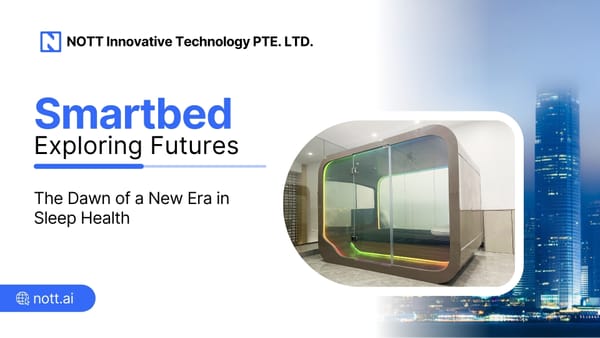Don't miss the top noteworthy DePIN projects in 2024

Currently, the concept of decentralized physical infrastructure network (DePIN) is emerging in the cryptocurrency industry. With the potential for wide application in many fields, DePIN is expected to be an exploding trend in 2024.
DePin, short for Decentralized Physical Infrastructure Networks, refers to apps and platforms that provide tangible services in the physical world. By offering token incentives, investors and supporters have the opportunity to generate revenue and have a say in the development of the protocol.
Presently, organizations are opting for the DePIN application due to its remarkable benefits in revolutionizing scalability and empowering the community. As stated below:
- Scalability: DePIN utilizes crowdsourced infrastructure, enabling more rapid and cost-efficient scalability compared to conventional frameworks.
- Community Empowerment: In contrast to centralized platforms that are managed by a small group of people, DePIN shares ownership of hardware among users, which encourages cooperation and active participation from the community. This strategy enables users at every level to have agency and control. DePIN promotes transparent governance by advocating for the replacement of opaque practices with open and democratic decision-making procedures.
- Openness: DePIN prioritizes open access and censorship resistance, making it accessible to all users.
- Cost-effective: DePIN aims to reduce costs by leveraging a diverse network of service providers who can offer their services competitively. This competitive environment encourages fair pricing and reduces inflated costs often associated with centralized services.
- Rewards: In the DePIN space, reward structures drive engagement and growth by providing passive or active income opportunities.
DePIN Projects to Watch Out in 2024:
- Filecoin utilizes the InterPlanetary File System (IPFS) to provide decentralized storage. In return for their services, node providers are rewarded with FIL tokens. GhostDrive, which is a component of this system, provides encryption and file conversions at a more affordable price compared to conventional services such as Google Drive.
- Render (RNDR) is a decentralized platform that enhances worldwide GPU rendering capabilities. By using the Solana blockchain, the RENDER token grants contributors 1.14 million RNDR tokens as a return for their GPU resources.
- Helium (HNT) revolutionizes IoT connection via the use of decentralized Hotspots and the mining of HNT. Helium has more than 88,000 Hotspots, which allows for connection beyond Wi-Fi. This helps to create a strong and diverse ecosystem, and also allows for expansion into Helium 5G.
- Coldstack (CLS) is a platform that combines decentralized data storage systems, such as Filecoin, into one unified system. With its AI-driven decision process, this solution provides speed, simplicity, and cost-efficiency, making it a reliable choice for storage requirements.
- NOTT (NOTT) is a platform at the intersection of health and technology, leveraging the power of DePIN, AI and HealthFi model. Founded on the principles of decentralization and user empowerment, NOTT offers an ecosystem that seamlessly integrates health monitoring devices, AI-driven insights, and a token-based incentive system.
- The Quantum Resistant Ledger (QRL) is a blockchain platform that utilizes XMSS to provide complete resistance against quantum computing threats, hence providing the highest level of security.
The DePIN projects mark the beginning of a broader movement towards decentralized internet networks, which provide the potential for a stronger, more equitable, and more efficient digital society.
Follow Us:





